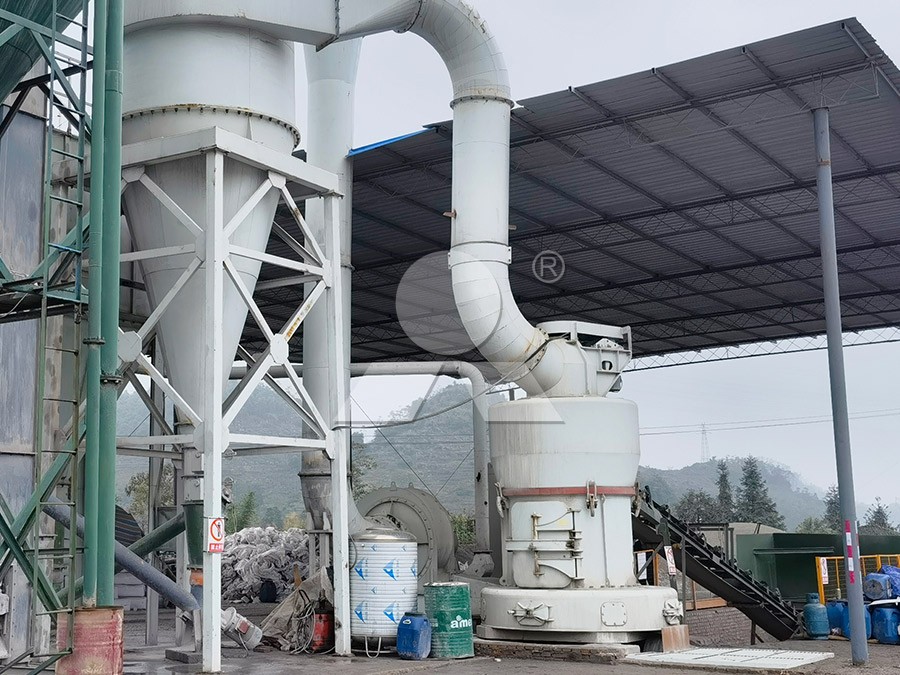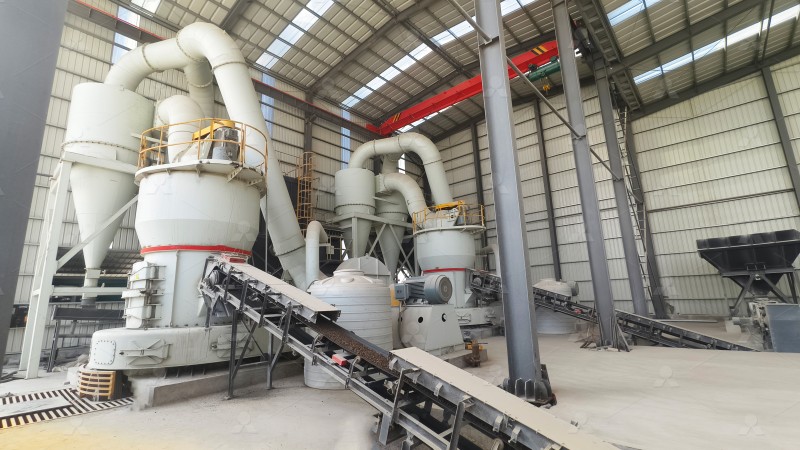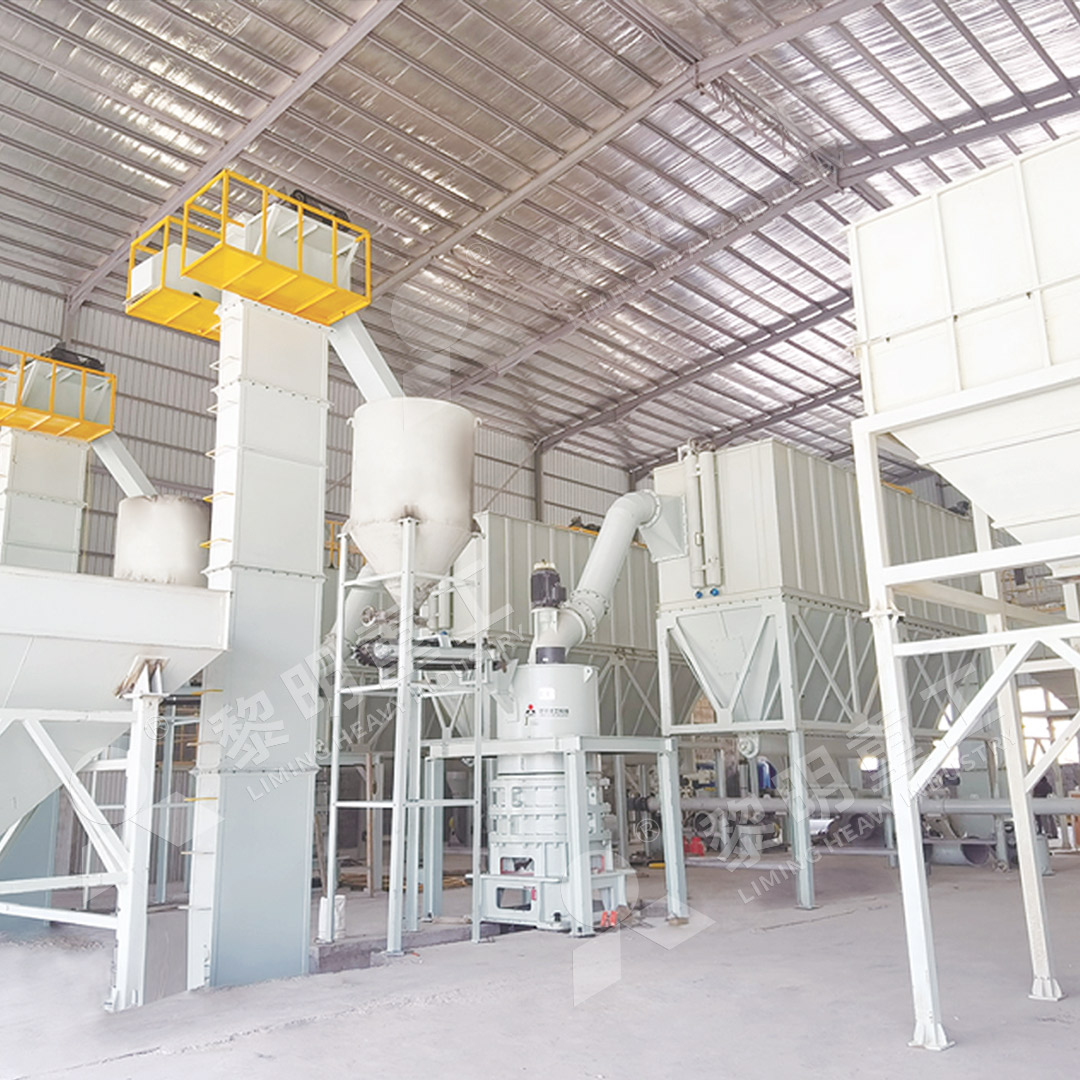Production of Humic Acid from Lignite via Grinding and Processing
Production of Humic Acid from Lignite via Grinding and Processing
The utilization of lignite for humic acid production represents a significant advancement in sustainable resource management. Lignite, often considered a low-rank coal with limited energy applications, contains substantial amounts of humic substances that can be extracted and refined for agricultural, environmental, and industrial purposes. The transformation of this abundant resource into valuable humic acid requires precise grinding and processing techniques to maximize yield and quality.
Humic acid, a complex mixture of organic molecules, plays crucial roles in soil health, plant growth stimulation, and environmental remediation. The extraction process begins with proper size reduction of raw lignite, where particle size distribution directly impacts extraction efficiency and final product quality. Traditional crushing methods often fail to achieve the optimal fineness required for maximum humic acid liberation from the lignite matrix.

The grinding phase represents the most critical step in humic acid production. Conventional ball mills and Raymond mills have been used historically, but they often result in inconsistent particle size distribution and higher energy consumption. Modern approaches require specialized grinding equipment capable of producing ultra-fine powders with precise control over particle size distribution.
For operations targeting high-purity humic acid production, the MW Ultrafine Grinding Mill offers distinct advantages. With an input size capability of 0-20 mm and capacity ranging from 0.5 to 25 tph, this equipment is particularly suited for lignite processing. The mill’s ability to produce powders between 325-2500 meshes ensures optimal particle size for subsequent extraction processes. Its innovative design eliminates rolling bearings and screws in the grinding chamber, significantly reducing maintenance concerns and potential contamination.
The extraction process following grinding involves alkaline treatment, where the finely ground lignite reacts with sodium hydroxide or potassium hydroxide solutions. The efficiency of this reaction is greatly enhanced by proper particle size reduction, as smaller particles provide greater surface area for chemical interaction. Following extraction, purification steps remove unwanted minerals and fulvic acids, resulting in concentrated humic acid products.

Environmental considerations are paramount in humic acid production. Modern grinding systems incorporate advanced dust collection and noise reduction technologies to minimize ecological impact. The MW Ultrafine Grinding Mill, for instance, features efficient pulse dust collectors and mufflers that maintain operational cleanliness while meeting stringent environmental standards.
For larger-scale operations or when processing lignite with varying moisture content, the LUM Ultrafine Vertical Grinding Mill presents an excellent alternative. With capacity ranging from 5-18 tph and handling input sizes up to 10 mm, this mill integrates grinding, classifying, and transporting in a single system. Its reversible structure simplifies maintenance, while multi-head powder separating technology ensures precise control over final product fineness.
The economic viability of humic acid production from lignite heavily depends on grinding efficiency and energy consumption. Advanced milling technologies can reduce operational costs by 30-50% compared to traditional methods while improving product quality. The higher whiteness and cleanliness achieved through proper grinding directly translate to premium product pricing in agricultural and horticultural markets.

Quality control throughout the grinding and extraction process ensures consistent humic acid characteristics, including molecular weight distribution, cation exchange capacity, and chemical composition. Modern grinding mills with digitalized processing and high precision machining contribute significantly to product consistency and reliability.
Frequently Asked Questions
What is the optimal particle size for humic acid extraction from lignite?
The ideal particle size ranges between 400-800 meshes (approximately 15-38 microns). This size provides sufficient surface area for efficient alkaline extraction while maintaining reasonable grinding energy requirements.
How does grinding method affect humic acid quality?
Grinding methodology significantly impacts humic acid molecular structure and purity. Ultra-fine grinding with controlled temperature prevents degradation of organic molecules and reduces contamination from grinding media, resulting in higher-quality final products.
What capacity grinding mill is suitable for small to medium humic acid production?
For operations processing 5-15 tons of lignite daily, the MW Ultrafine Grinding Mill with capacity of 0.5-25 tph provides optimal flexibility. Its adjustable fineness and eco-friendly operation make it suitable for various production scales.
Can the same equipment process different types of lignite?
Yes, modern grinding mills like the MW and LUM series can handle various lignite types with different hardness and moisture content. Adjustable grinding pressure and separator speed allow optimization for specific lignite characteristics.
What environmental considerations are important in humic acid production?
Key considerations include dust control, noise reduction, and energy efficiency. Advanced grinding systems incorporate pulse dust collectors, noise elimination technologies, and energy-saving designs that reduce environmental impact while maintaining production efficiency.
